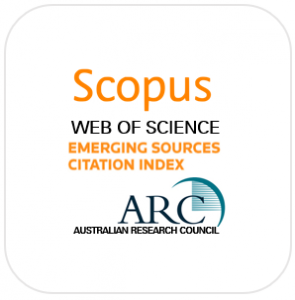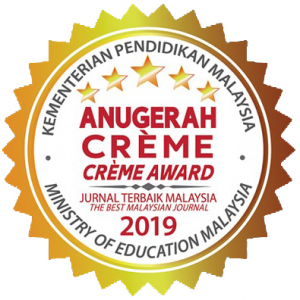Vol. 7, No. 1 (2011): 1–25.
Abstract
This paper explores the richness that has been discovered in Western Australia’s capital city, Perth, through the Northbridge History Project (NHP)—a five year initiative whose role was to revitalise the city authentically by drawing on its diverse histories. Containing sites of recognised cultural heritage significance, Northbridge in Western Australia has undergone significant infrastructural and generational change in the last twenty years, bringing with it dislocation of its identity. Discovering and making available the histories of this diverse area in an Electronic Archive (EA) has created a new sense of identity and community engagement, bringing awareness that the area’s living cultural heritage is valuable and has much to offer the city as it seeks to position itself as Australia’s Indian Ocean gateway. The NHP drew upon the best practice of various Charters on Cultural Heritage Interpretation to guide its activities. At the time of its establishment, the EA proposed by the NHP was groundbreaking and the extensive community consultation undertaken thought to be difficult because of disparate interests. In 2010, Neil Silberman, President of International Scientific Committee on Interpretation and Presentation (ICIP) and lead author of the Ename Charter wrote:
I am deeply impressed by the vision, scope, and real world results of the Northbridge History Project. It is one of the finest examples of successful community engagement in heritage that I have ever seen. This is heritage intended not just for tourism or historic preservation, but also to improve the life of a community and to recognise the dignity of its people and their memories. No small achievement. In doing so, the Northbridge History Project offers a valuable model for multicultural urban communities throughout Australia and indeed everywhere in the world.
Author’s bio
Felicity Morel-EdnieBrown is an urban historian whose research has explored the development of cities history, heritage and cultural development. She is interested in the planning and symbolism of cities; environmental impacts on cities; the reading of authenticity; architecture and spatial relationships to humanity; imperialism and cities; historical Geographic Information System (GIS); heritage interpretation and the sustainability of authentic cultural tourism; urbanisation as a physical and psychological process; and, the interaction between culture in cities, interpretation and new technologies. A past National Councillor for the International Council on Monuments and Sites (ICOMOS) (Australia), Felicity was the Director of the Northbridge History Project (NHP) for the Department of the Premier and Cabinet in Western Australia 2005–2010. She is currently the Director of Stakeholder Management and Strategy at the Department of Planning in Western Australia, a Councilor of the History Council of Western Australia, a Member of the National Archives of Australia Consultative Committee, an expert Member of the ICOMOS International Scientific Committee on Interpretation and Presentation, Director of Culture+Context, an Affiliate of the Electronic Cultural Atlases Initiative, and an Honorary Research Fellow at the University of Western Australia.
Download

